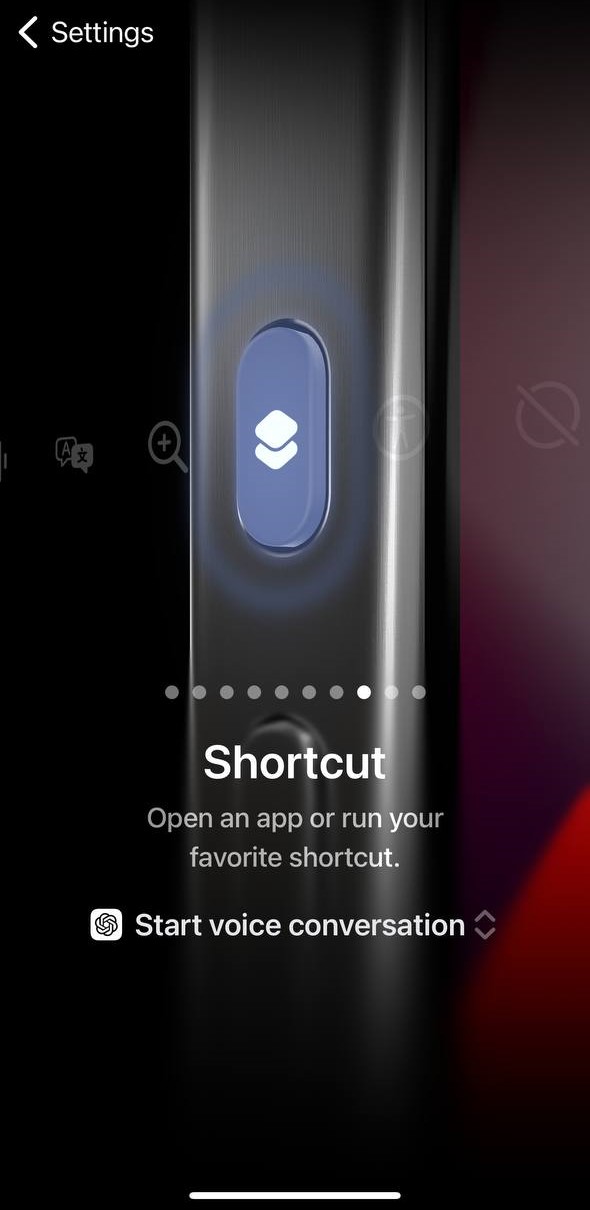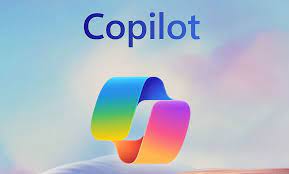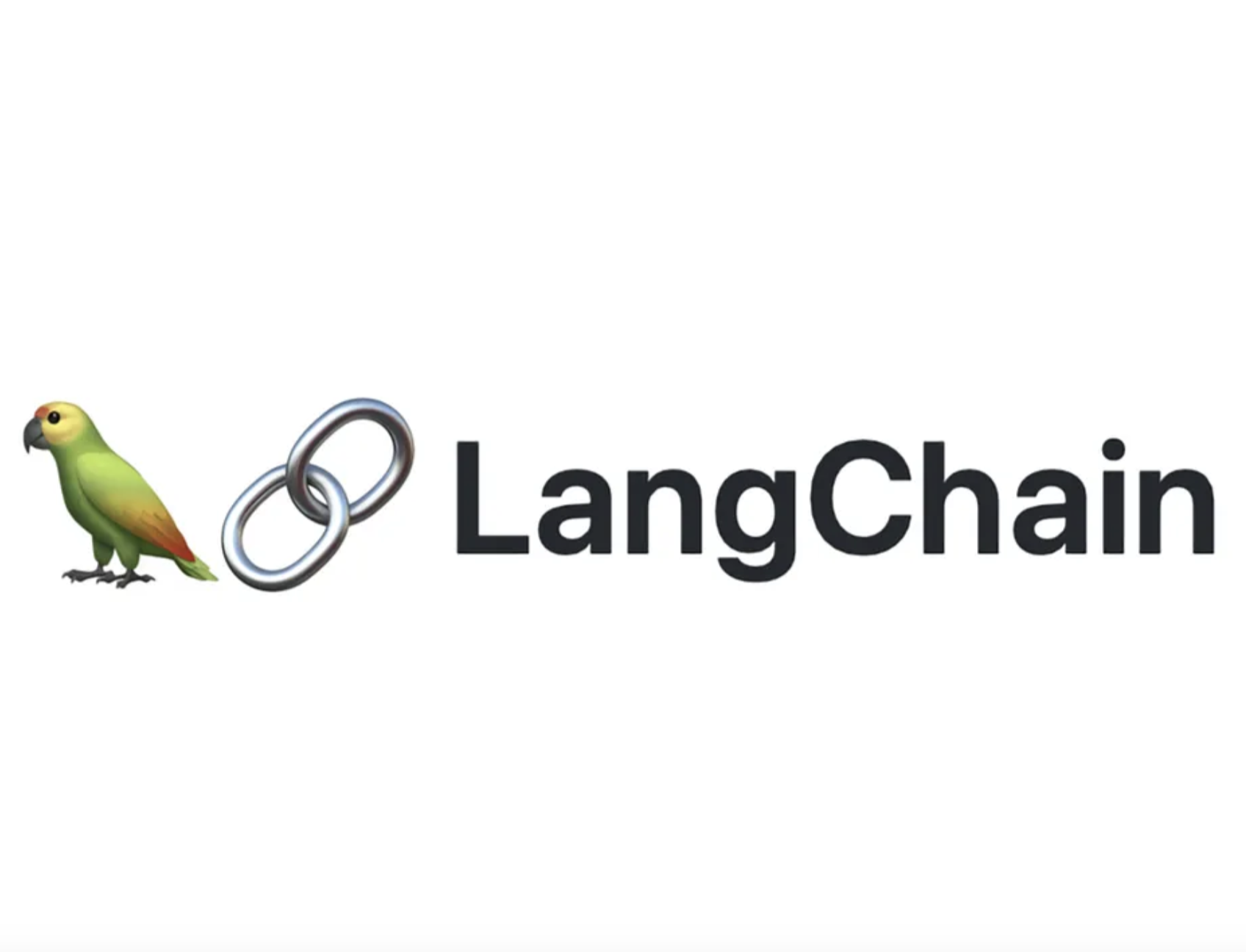
by Joche Ojeda | May 19, 2024 | A.I
OpenAI’s ChatGPT and Microsoft’s Copilot are two powerful AI tools that have revolutionized the way we interact with technology. While both are designed to assist users in various tasks, they each have unique features that set them apart.
OpenAI’s ChatGPT
ChatGPT, developed by OpenAI, is a large language model chatbot capable of communicating with users in a human-like way¹⁷. It can answer questions, create recipes, write code, and offer advice¹⁷. It uses a powerful generative AI model and has access to several tools which it can use to complete tasks²⁶.
Key Features of ChatGPT
- Chat with Images: You can show ChatGPT images and start a chat.
- Image Generation: Create images simply by describing them in ChatGPT.
- Voice Chat: You can now use voice to engage in a back-and-forth conversation with ChatGPT.
- Web Browsing: Gives ChatGPT the ability to search the internet for additional information.
- Advanced Data Analysis: Interact with data documents (Excel, CSV, JSON).
Microsoft’s Copilot
Microsoft’s Copilot is an AI companion that works everywhere you do and intelligently adapts to your needs. It can chat with text, voice, and image capabilities, summarize documents and web pages, create images, and use plugins and Copilot GPTs
Key Features of Copilot
- Chat with Text, Voice, and Image Capabilities: Copilot includes chat with text, voice, and image capabilities/
- Summarization of Documents and Web Pages: It can summarize documents and web pages.
- Image Creation: Copilot can create images.
- Web Grounding: It can ground information from the web.
- Use of Plugins and Copilot GPTs: Copilot can use plugins and Copilot GPTs.
Comparison of Mobile App Features
| Feature |
OpenAI’s ChatGPT |
Microsoft’s Copilot |
| Chat with Text |
Yes |
Yes |
| Voice Input |
Yes |
Yes |
| Image Capabilities |
Yes |
Yes |
| Summarization |
No |
Yes |
| Image Creation |
Yes |
Yes |
| Web Grounding |
No |
Yes |
What makes the difference, the action button for the iPhone
The action button on iPhones, available on the iPhone 15 Pro and later models, is a customizable button for quick tasks. By default, it opens the camera or activates the flashlight. However, users can customize it to perform various actions, including launching a specific app. When set to launch an app, pressing the action button will instantly open the chosen app, such as the ChatGPT voice interface. This integration is further enhanced by the new ChatGPT-4.0 capabilities, which offer more accurate responses, better understanding of context, and faster processing times. This makes voice interactions with ChatGPT smoother and more efficient, allowing users to quickly and effectively communicate with the AI.
 |
 |
The ChatGPT voice interface is one of my favorite features, but there’s one thing missing for it to be perfect. Currently, you can’t send pictures or videos during a voice conversation. The workaround is to leave the voice interface, open the chat interface, find the voice conversation in the chat list, and upload the picture there. However, this brings another problem: you can’t return to the voice interface and continue the previous voice conversation.
Microsoft Copilot, if you are reading this, when will you add a voice interface? And when you finally do it, don’t forget to add the picture and video feature I want. That is all for my wishlist.

by Joche Ojeda | Jan 29, 2024 | A.I
Good News for Copilot Users: Generative AI for All!
Exciting developments are underway for users of Microsoft Copilot, as the tool expands its reach and functionality, promising a transformative impact on both professional and personal spheres. Let’s dive into the heart of these latest updates and what they mean for you.
Copilot’s Expanding Horizon
Originally embraced by industry giants like Visa, BP, Honda, and Pfizer, and with support from partners including Accenture, KPMG, and PwC, Microsoft Copilot has already been making waves in the business world. Notably, an impressive 40% of Fortune 100 companies participated in the Copilot Early Access Program, indicating its wide acceptance and potential.
Copilot Pro: A Game Changer for Individuals
The big news is the launch of Copilot Pro, specifically designed for individual users. This is a significant step in democratizing the power of generative AI, making it accessible to a broader audience.
Three Major Enhancements for Organizations
- Copilot for Microsoft 365 Now Widely Available: Small and medium-sized businesses, ranging from solo entrepreneurs to fast-growing startups with up to 300 people, can now leverage the full power of Copilot as it becomes generally available for Microsoft 365.
- No More Seat Limits: The previous requirement of a 300-seat minimum purchase for Copilot’s commercial plans has been lifted, offering greater flexibility and scalability for businesses.
- Expanded Eligibility: In a strategic move, Microsoft has removed the necessity for a Microsoft 365 subscription to use Copilot. Now, Office 365 E3 and E5 customers are also eligible, widening the potential user base.
A Future Fueled by AI
This expansion marks a new chapter for Copilot, now available to a vast range of users, from individuals to large enterprises. The anticipation is high to see the innovative ways in which these diverse groups will utilize Copilot.
Stay Updated
For more in-depth information and to stay abreast of the latest developments in this exciting journey of Microsoft Copilot, be sure to check out Yusuf Mehdi’s blog. You can find the link in the comments below.
Link to Yusuf Mehdi’s blog

by Joche Ojeda | Jan 7, 2024 | A.I
Introduction
In the ever-evolving landscape of artificial intelligence, LangChain has emerged as a pivotal framework for harnessing the capabilities of large language models like GPT-3. This article delves into what LangChain is, its historical development, its applications, and concludes with its potential future impact.
What is LangChain?
LangChain is a software framework designed to facilitate the integration and application of advanced language models in various computational tasks. Developed by Shawn Presser, it stands as a testament to the growing need for accessible and versatile tools in the realm of AI and natural language processing (NLP). LangChain’s primary aim is to provide a modular and scalable environment where developers can easily implement and customize language models for a wide range of applications.
Historical Development
The Advent of Large Language Models
The genesis of LangChain is closely linked to the emergence of large language models. With the introduction of models like GPT-3 by OpenAI, the AI community witnessed a significant leap in the ability of machines to understand and generate human-like text.
Shawn Presser and LangChain
Recognizing the potential of these models, Shawn Presser embarked on developing a framework that would simplify their integration into practical applications. His vision led to the creation of LangChain, which he open-sourced to encourage community-driven development and innovation.
Applications
LangChain has found a wide array of applications, thanks to its versatile nature:
- Customer Service: By powering chatbots with nuanced and context-aware responses, LangChain enhances customer interaction and satisfaction.
- Content Creation: The framework assists in generating diverse forms of written content, from articles to scripts, offering tools for creativity and efficiency.
- Data Analysis: LangChain can analyze large volumes of text, providing insights and summaries, which are invaluable in research and business intelligence.
Conclusion
The story of LangChain is not just about a software framework; it’s about the democratization of AI technology. By making powerful language models more accessible and easier to integrate, LangChain is paving the way for a future where AI can be more effectively harnessed across various sectors. Its continued development and the growing community around it suggest a future rich with innovative applications, making LangChain a key player in the unfolding narrative of AI’s role in our world.

by Joche Ojeda | Dec 4, 2023 | A.I
Understanding AI, AGI, ML, and Language Models
Artificial Intelligence (AI) is a broad field in computer science concerned with building smart machines capable of performing tasks that typically require human intelligence. AI encompasses various subfields, including machine learning, natural language processing, robotics, and more. Its primary goal is to enable computers to perform tasks such as decision-making, problem-solving, perception, and understanding human language.
Machine Learning (ML), a subset of AI, focuses on developing algorithms and statistical models that enable computers to learn from and make predictions or decisions based on data. Unlike traditional programming, where humans explicitly code the behavior, machine learning allows systems to automatically learn and improve from experience. This learning process is driven by feeding algorithms large amounts of data and allowing them to adjust and improve their performance over time.
One of the most notable applications of ML is in the development of Language Models (LMs), which are algorithms designed to understand, interpret, and generate human language. These models are trained on vast datasets of text and can perform a range of language-related tasks, such as translation, summarization, and even generating human-like text. Language models like GPT (Generative Pretrained Transformer) are examples of how AI and ML converge to create sophisticated tools for natural language processing.
Artificial General Intelligence (AGI), on the other hand, represents a level of AI that is far more advanced and versatile. While current AI systems, including language models, are designed for specific tasks (referred to as narrow AI), AGI refers to a hypothetical AI that has the ability to understand, learn, and apply its intelligence broadly and flexibly, much like a human. AGI would possess the ability to reason, solve problems, comprehend complex ideas, learn from experience, and apply its knowledge to a wide range of domains, effectively demonstrating human-like cognitive abilities.
The relationship between AI, ML, AGI, and language models is one of a nested hierarchy. AI is the broadest category, under which ML is a crucial methodology. Language models are specific applications within ML, showcasing its capabilities in understanding and generating human language. AGI, while still theoretical, represents the potential future of AI where systems could perform a wide range of cognitive tasks across different domains, transcending the capabilities of current narrow AI systems.
In summary, AI is a vast field aimed at creating intelligent machines, with machine learning being a key component that focuses on data-driven learning and adaptation. Language models are a product of advancements in ML, designed to handle complex language tasks. AGI remains a goal for the future, representing a stage where AI could match or surpass human cognitive abilities across a broad spectrum of tasks and domains.




